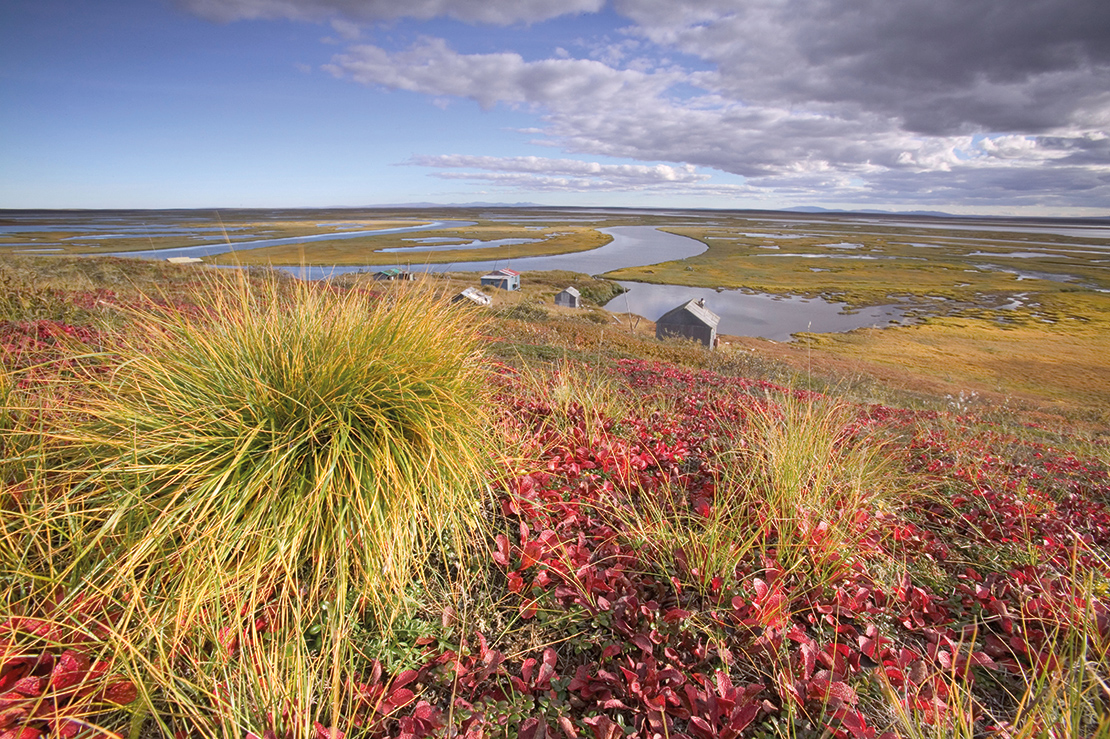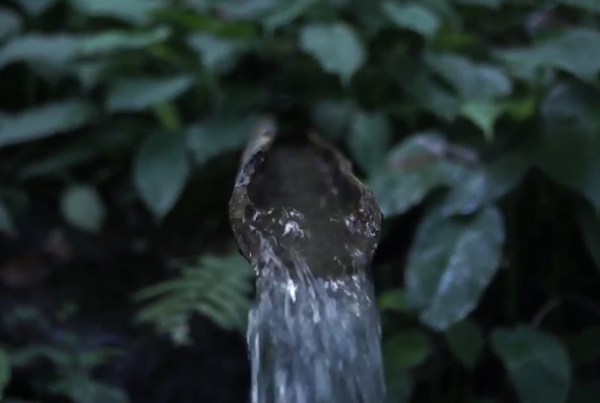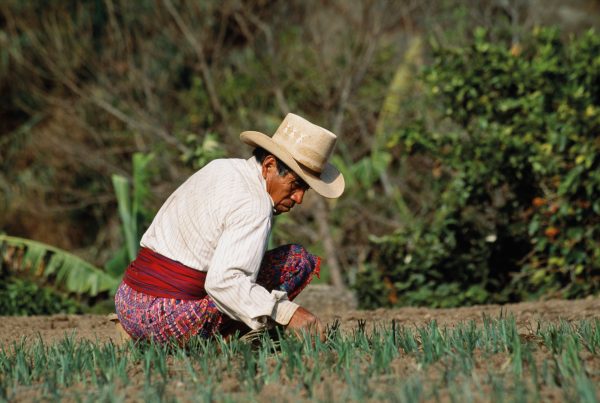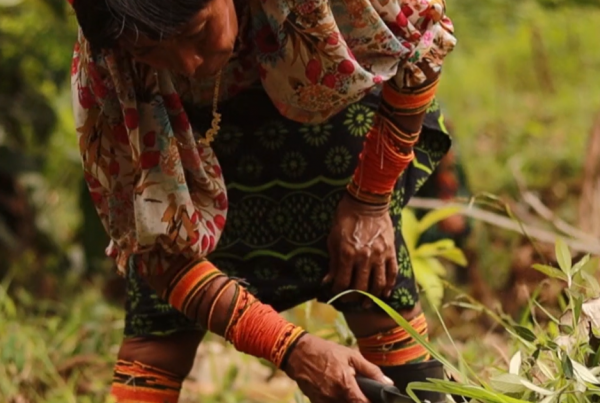The Inuit Circumpolar Council Alaska facilitated work that led to the following Alaskan Inuit definition of food security:
“Alaskan Inuit food security is the natural right of all Inuit to be part of the ecosystem, to access food and to care-take, protect and respect all of life, land, water and air. It allows for all Inuit to obtain, process, store and consume sufficient amounts of healthy and nutritious preferred food – foods physically and spiritually craved and needed from the land, air and water, which provide for families and future generations through the practice of Inuit customs and spirituality, languages, knowledge, policies, management practices and self-governance. It includes the responsibility and ability to pass on knowledge to younger generations, the taste of traditional foods rooted in place and season, knowledge of how to safely obtain and prepare traditional foods for medicinal use, clothing, housing, nutrients and, overall, how to be within one’s environment. It means understanding that food is a lifeline and a connection between the past and today’s self and cultural identity.
Inuit food security is characterized by environmental health and is made up of six interconnecting dimensions:
1) Availability,
2) Inuit Culture,
3) Decision-Making Power and Management,
4) Health and Wellness,
5) Stability and
6) Accessibility.
This definition holds the understanding that without food sovereignty, food security will not exist”.1
Food sovereignty is defined as:
“The right of Alaskan Inuit to define their own hunting, gathering, fishing, land and water policies; the right to define what is sustainable, socially, economically and culturally appropriate for the distribution of food and to maintain ecological health; the right to obtain and maintain practices that ensure access to tools needed to obtain, process, store and consume traditional foods. Within the Alaskan Inuit Food Security Conceptual Framework, food sovereignty is a necessity to supporting and maintaining the six dimensions of food security.”2
Image caption: inuit hunting lodges at the mouth of the Serpentine River on the Alaskan Tundra. Credit: Global Warming Images
Author
- Inuit Circumpolar Council
Ecosystems
- Arctic
Topics
- Food
Type
- Short-form
Date
- This case study forms part of LBO-2, originally released in 2020.
References
- Inuit Circumpolar Council-Alaska (2015) Alaskan Inuit food security conceptual framework: How to assess the Arctic From an Inuit perspective. Technical Report. Anchorage: Inuit Circumpolar Council-Alaska. https://iccalaska.org/wp-icc/wp-content/uploads/2016/05/Food-Security-Full-Technical-Report.pdf
- Inuit Circumpolar Council-Alaska (2015) Alaskan Inuit food security conceptual framework: How to assess the Arctic From an Inuit perspective. Technical Report. Anchorage: Inuit Circumpolar Council-Alaska. https://iccalaska.org/wp-icc/wp-content/uploads/2016/05/Food-Security-Full-Technical-Report.pdf



